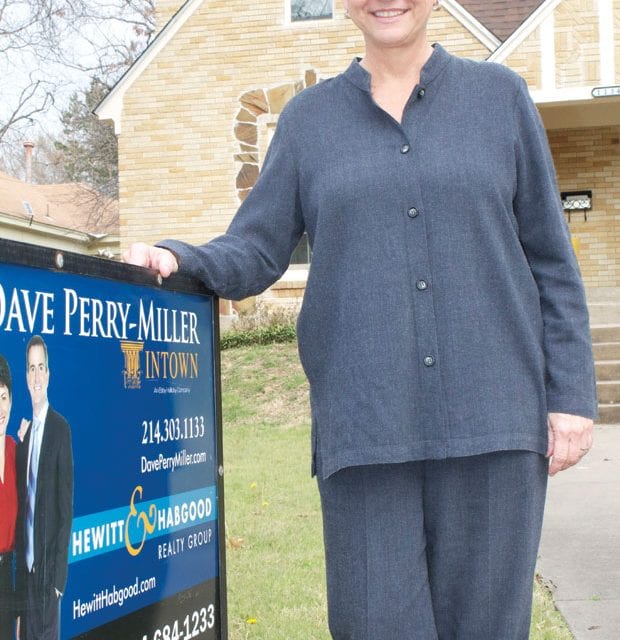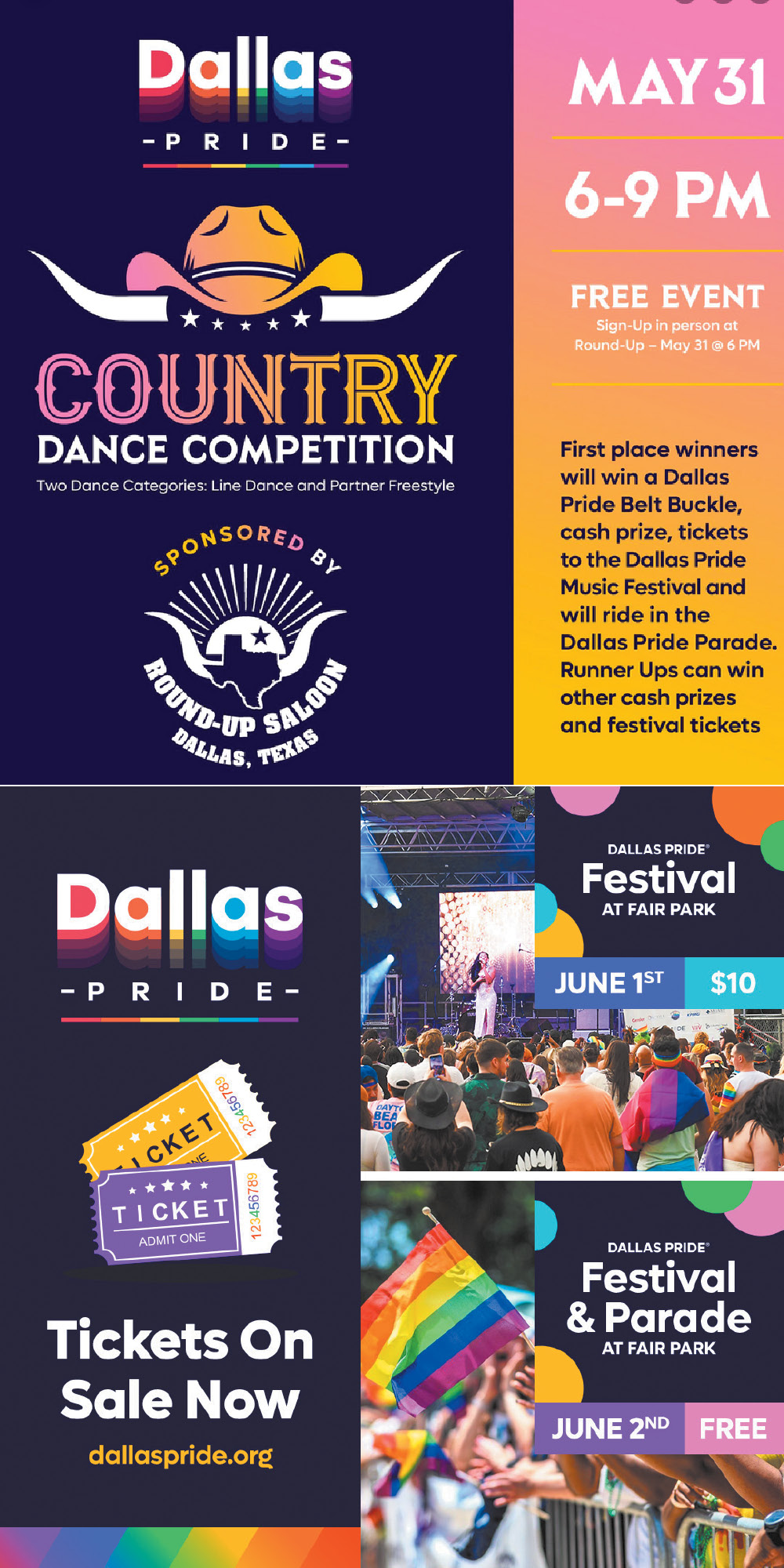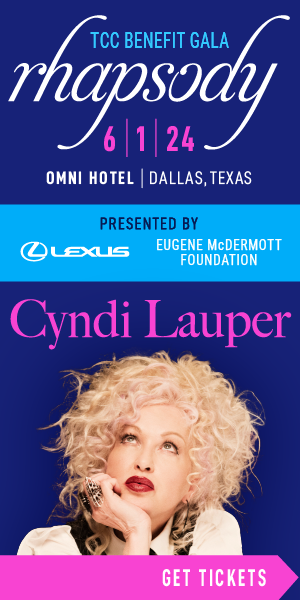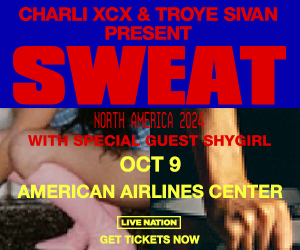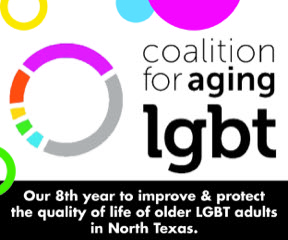Lead or follow? Gay homeowners often set the pace for gentrifying neighborhoods

After nearly 30 years in real estate, Kathy Hewitt has a sense for where the next hot gayborhood might be — and she’s excited about several areas south of the Trinity. (Photo by Arnold Wayne Jones)
JONANNA WIDNER | Contributing Writer
For years, a common real estate tenet has been, to put it succinctly, “Follow the gays.” Where the LGBT community goes, often the discovery of a hidden gem of a neighborhood follows. One person’s shabby ranch home is another’s future mid-century pearl … especially if you add a queer touch.
“The gay community is willing to go into some more eclectic neighborhoods and renovate these homes,” says Kathy Hewitt, of Hewitt Habgood Realty. “Mostly because we’ve had the money to invest in it — typically we didn’t have kids (of course, that’s changing now), and the community has had the vision of what these houses could become.”
This may be especially true in Dallas, with its surfeit of close-in neighborhoods that are merely blurs that pass by commuters’ windows as they head to the freeway. That is, until the LGBT community drives by, happens to notice a particular spot, puts a finger to pursed lips, and murmurs, You know, with a little work, that Craftsman could be spectacular. Then we’ve got an Oak Lawn on our hands.
Of course, Oak Lawn, that venerable old gal, now has some competition.
In her 27 years in business, much of it catering to the gay community, Hewitt has specialized in once-funky, now well-established neighborhoods, and she’s seen the pattern that’s culminated in Oak Cliff’s Kessler Park area becoming a hot-spot.
“The first broker I worked with was Dean Faaf,” Hewitt says, “and he had an office in Oak Cliff and Oak Lawn, way back when. I always chose to use the office across the river. I would show places like Lakewood and then I’d say, ‘Let me introduce you to the hidden beauty of the neighborhood we call Kessler Park.”
The newest hidden beauty? Hewitt notes the Kiestwood area, around Hampton Road and Kiest Park, is becoming popular. “It’s got a lot of 1950s to 1960s houses,” she says, “a combination of mid-century modern and mid-century ranch. It’s a little further south, so it’s more of distance than Kessler Park, but you sure can get a lot of house for the money.”
As an example, she points out a house she recently sold to a same-sex couple: A 3,300 square-foot home for $160,000. “They have the vision,” Hewitt says of their commitment to transforming the property from fixer-upper to showplace.
Another area on the rise: The Wynnewood neighborhood, north of Illinois Avenue and the
Wynnewood Shopping Center. That part of town also is rich with mid-century ranch homes that are practically aching to be renovated, Hewitt says, and gay men are starting to notice.
The big bang for the house buck in these up-and-coming locales may be high, although those looking for nightlife, walkability or retail opportunities should probably poke around other parts of the city. But if you’re looking for a lot of space and pure potential, it might be best to be a pioneer. Or just follow the other pioneers, and move quickly.
This article appeared in the Dallas Voice print edition October 3, 2014.





